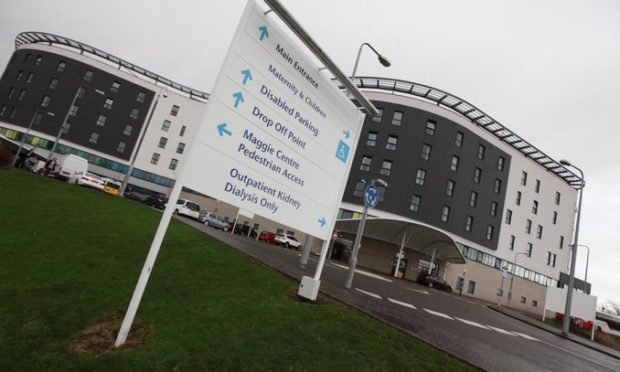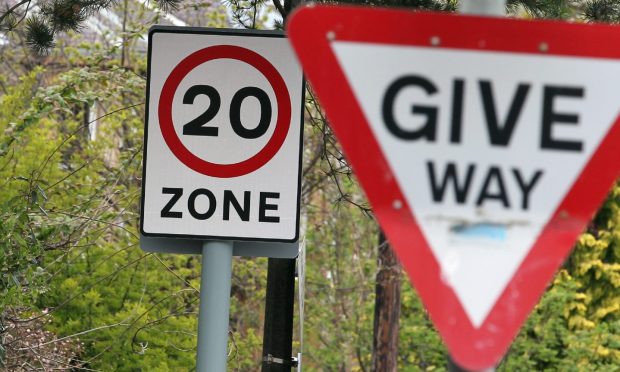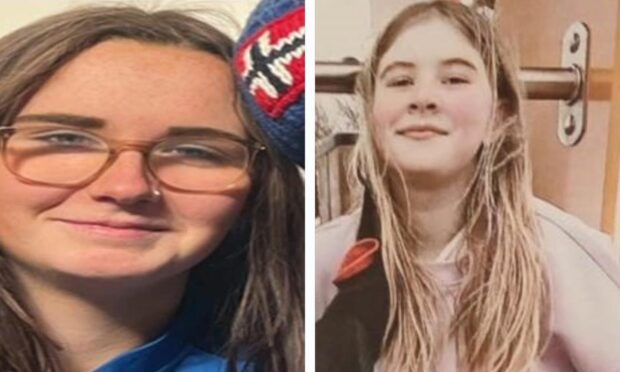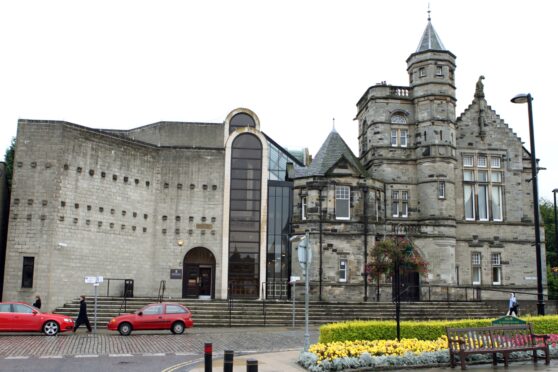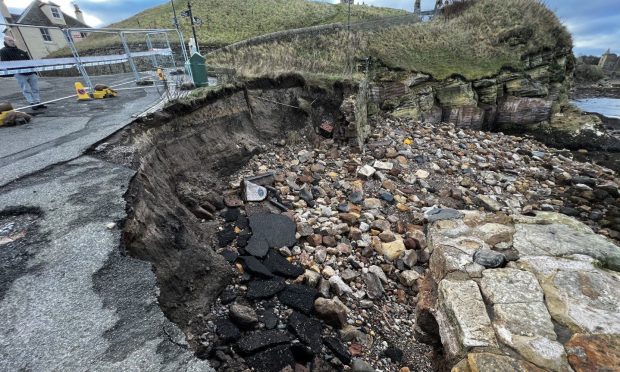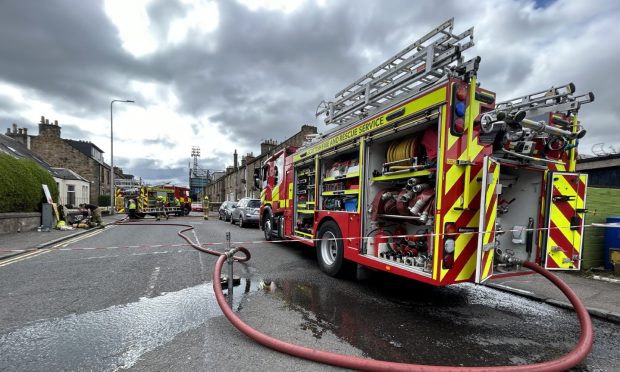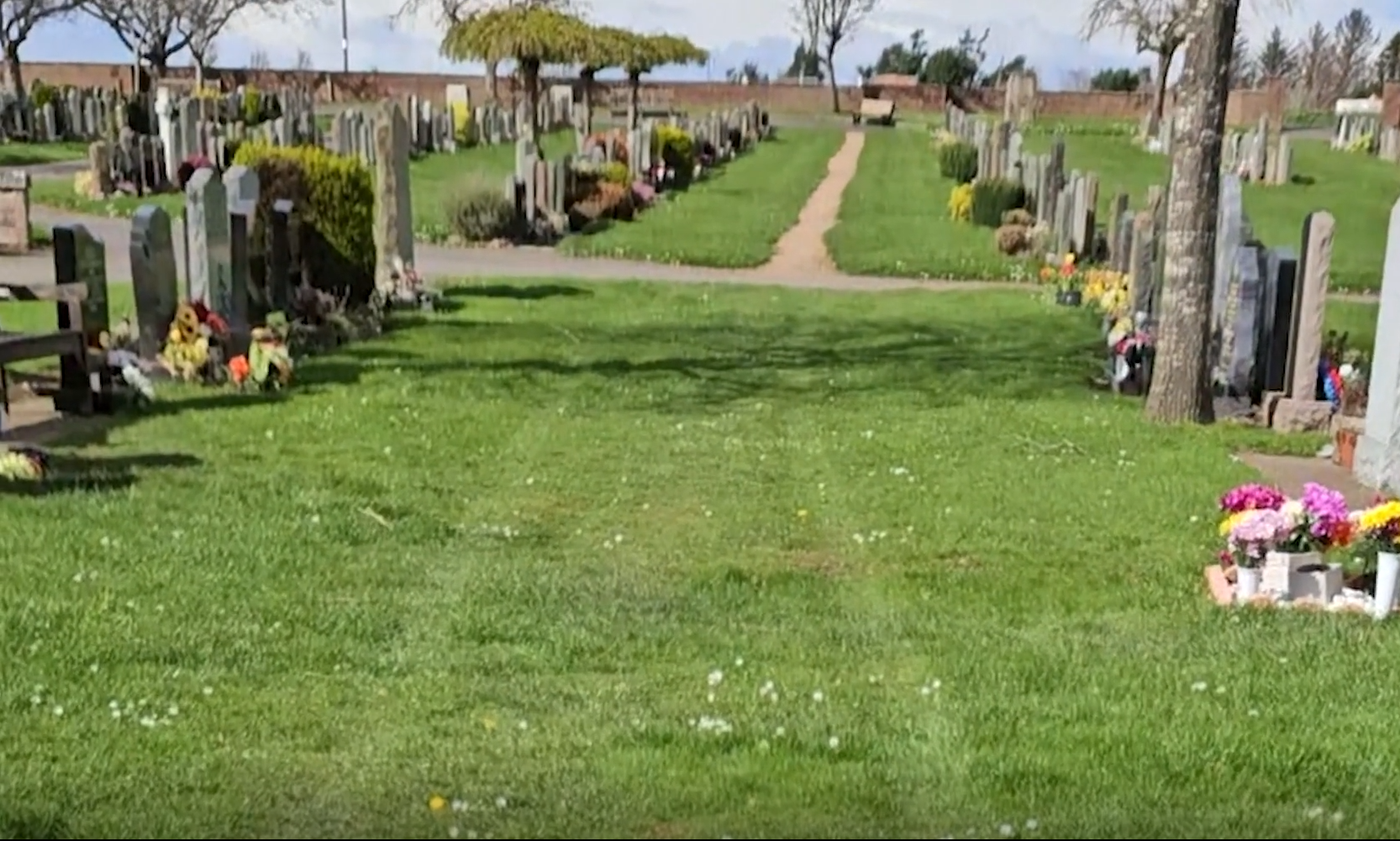Families of relatives in Fife’s hospitals been given no indication how long a ban on routine visiting will last, amid fears it could still be in place over the festive period.
NHS Fife suspended visiting across its hospital sites from 7pm on Friday after a spike in Covid-19 infections was reported in the Kingdom.
The suspension will apply to all hospitals and will be reviewed on a regular basis, the health board has confirmed.
Worried families have contacted The Courier highlighting concerns the ban could cover the run-up to Christmas and beyond.
Dr Christopher McKenna, NHS Fife medical director, said: “Covid-19 poses a significant threat to those who are vulnerable and it is crucial that we take all reasonable steps to limit the opportunities for the virus to be brought into our hospitals.
“The likely challenges facing healthcare services in Fife in the coming weeks and months are considerable, as we seek to care for a rising number of patients with Covid-19 while also providing a good standard of care to other patients with other equally serious health conditions.
“We need to do all we can to prevent clusters of Covid-19 within our hospitals and it is not overstating the situation to say that by taking this step will ultimately help us to save lives.
“Importantly, while we don’t yet know how long these arrangements will remain in place for, patients and their loved ones can be assured that we will be doing all that we can to ensure those in our care can keep in touch with their loved ones while visiting remains suspended.”
Dona Milne, NHS Fife director of public health, assured the public the step had not been taken lightly and would be reviewed regularly.
“We know that the suspension of routine visiting will be concerning for patients and their loved ones, however, we have seen a growing number of Covid-19 infections over recent weeks and it is clear that we have considerable spread of the virus within our communities in Fife.
“Some of the people becoming infected are becoming very unwell and are being admitted to our hospitals.
“The nature of this virus is that it is highly infectious and can be easily spread by those with no symptoms at all or with mild symptoms.
“For those most vulnerable amongst us, such as those cared for in our hospitals, contracting Covid-19 can be particularly dangerous and it is vital that we do all that we can to protect those most at risk of the effects of the virus and to protect our health and social care services.”
There are a small number of areas which are exempt from the new visiting arrangements, where visiting is considered to be essential and will continue to be permitted.
Pregnant women may identify a designated visitor to accompany them to their scans, antenatal appointments and while in labour on the postnatal/maternity ward, while people can visit patients receiving end-of-life care.
Visitors will also be allowed to support someone with a mental health issue, or those with a learning disability or autism where not being present would cause the patient to be distressed, or to accompany a child in hospital.
NHS Fife has said, however, it is “extremely important” visitors refrain from going into hospitals if they feel unwell or have any of the known symptoms of Covid-19, such as a high temperature; a new, continuous cough; or a loss or change to the sense of smell or taste, however mild they may be.
